Listening and receptive language are the foundations of all these skills.
Listening is the underpinning of all I do as an adult, a friend, a teacher, a student, a musician, and a composer.
Without the ability to accurately receive and digest input, I have no valid output.
Even if my students never pursue music in any way, I know that strong listening skills will make them rise above the crowd and thrive in a world of compulsive talkers and sharers.
Attentive listening with the only goal being to understand the speaker is a skill and habit exhibited by every successful adult.
But that’s just the beginning.
Having the acumen to reframe the words of the speaker and repeat them back to them with the addition of empathetic insight is what takes listening to a level that few rarely achieve.
Lucky for us, music teachers have abundant opportunities to foster proactive listening habits.
Openings
As a general music teacher, the first aural input my students were exposed to as they came in the room and sat down was Glenn Gould’s recording of Bach’s “Well-Tempered Clavier, Book One, Prelude One”.
They had to sit quietly while I stood without making a sound.
Even if a principal came in during Prelude number one, they were reminded to wait till the end of the piece to talk.
No one talks over Bach.
The piece lasts about two minutes and thirty odd seconds.
On many class’ first exposer to Herr Bach and Mr. Holmes, I had to fade the piece out after about a minute because they simply had no ability to listen for any extended uninterrupted length of time.
Some kids confided with me years later that the start of our first class left them initially wondering if I was hearing impaired or if music class was going to be one large extended pantomime.
Every class from that day on started with the same piece, the same settling quiet, the same opportunity to distance themselves from any travails or emotions they brought from their classroom, and the same habit of opening their ears.
As they learned to turn off their minds during our opening minutes they eventually got to the end of the piece. It was a great assessment to see how their listening was progressing.
Soon they were softly subconsciously humming the tune start to finish.
A/B
We often split our groups into two section: one to perform and one to audit the performers.
Sometimes feedback and positive criticism was expected.
I was often asking “What did you hear?” as in phrasing, vowel sounds, support, ensemble mindset, and emotion content.
Visual Receptive Language
The saying goes, “We hear what we see”.
I routinely employed visual sign language to communicate with my classes.
The first advantage is that visual language cuts down the level of sound in the room, which in turn brings down the potential for reciprocating language (AKA as noise or redirection) from students.
The two primary areas where visual language paid off were during chorus rehearsals and recorder sessions.
Learning Not To Predict
Gamesmanship for most savvy kids includes the ability to correctly predict events and next moves: the teacher, the next question, the next potential academic or behavior leg-hold trap.
The bicameral brain can work either with or against us.
When listening, our thinking can revert to this predictive pattern and we don’t really hear what is before us. Rather, we are hearing our inner dialogue responding to what we think we heard.
It Never Ends
Learning the habit of listening without constantly contributing a running self-dialogue is something I continue to work on in my own life.
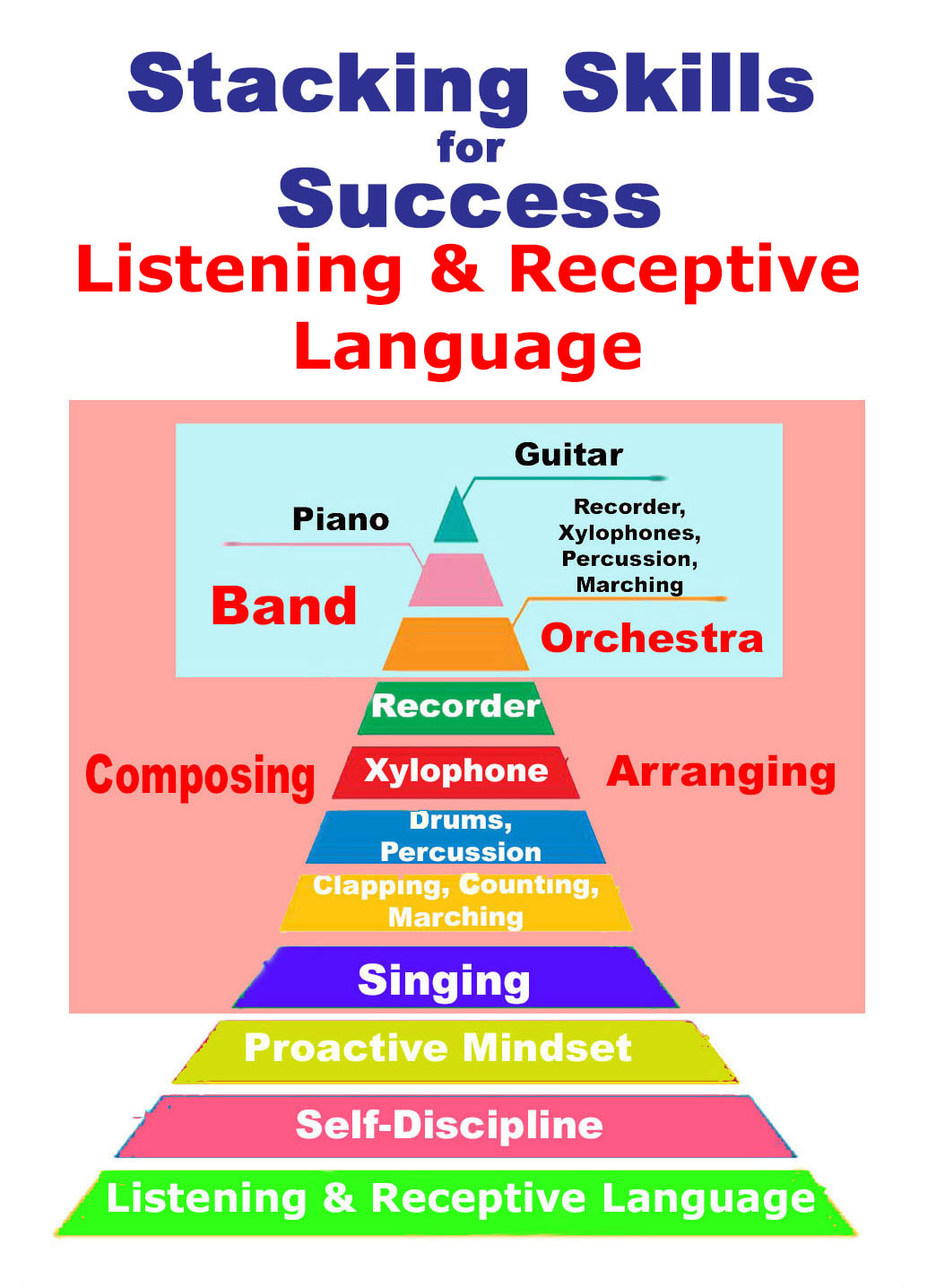
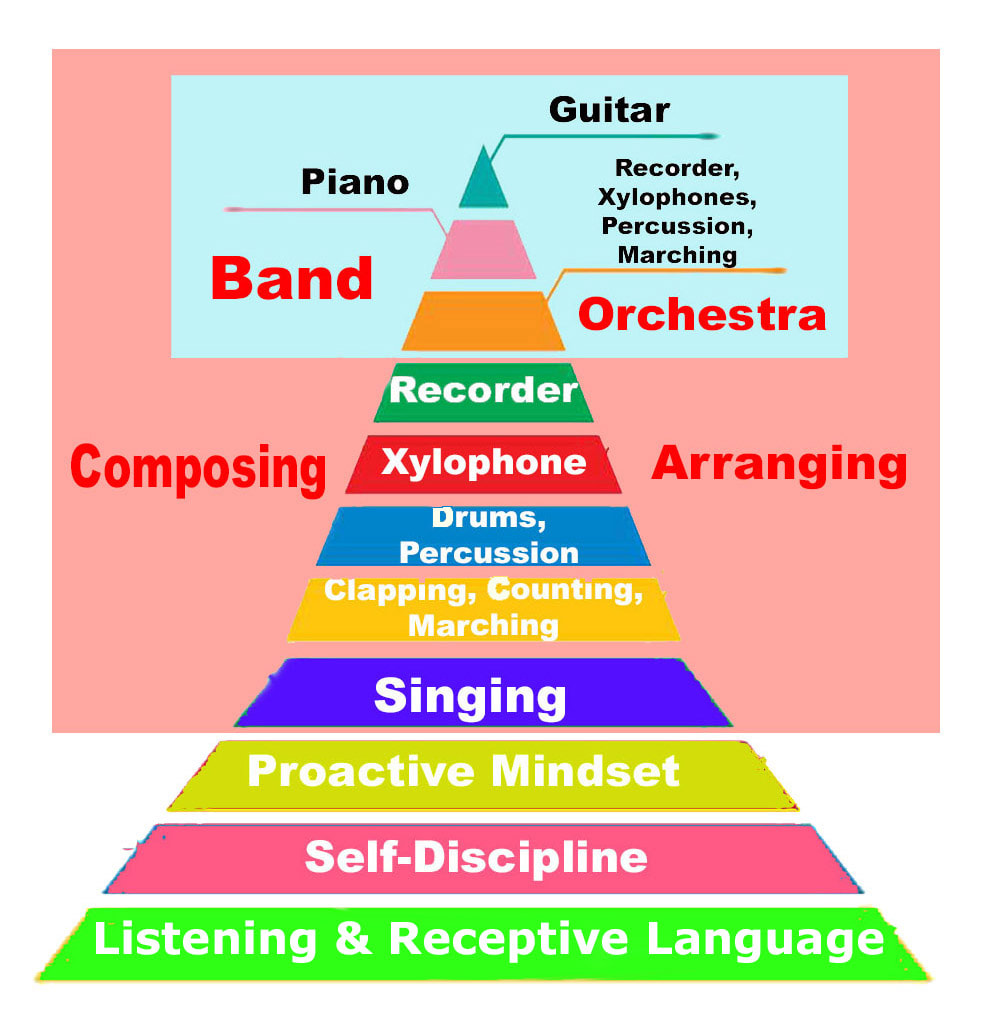
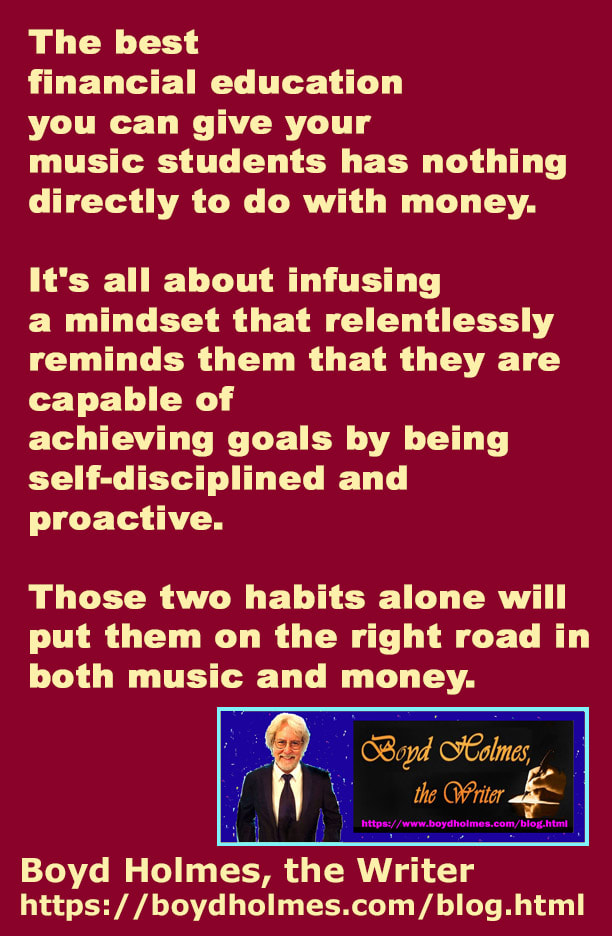
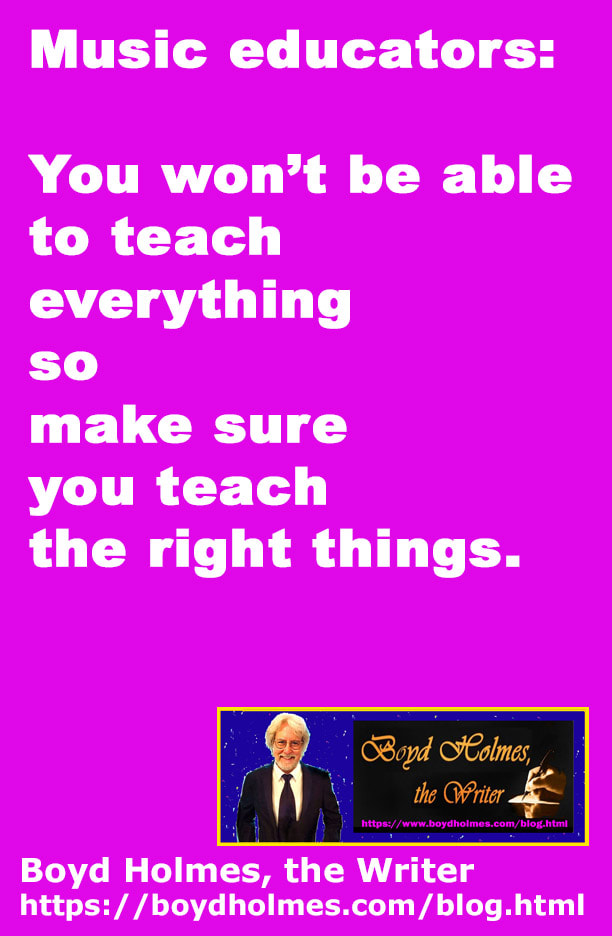

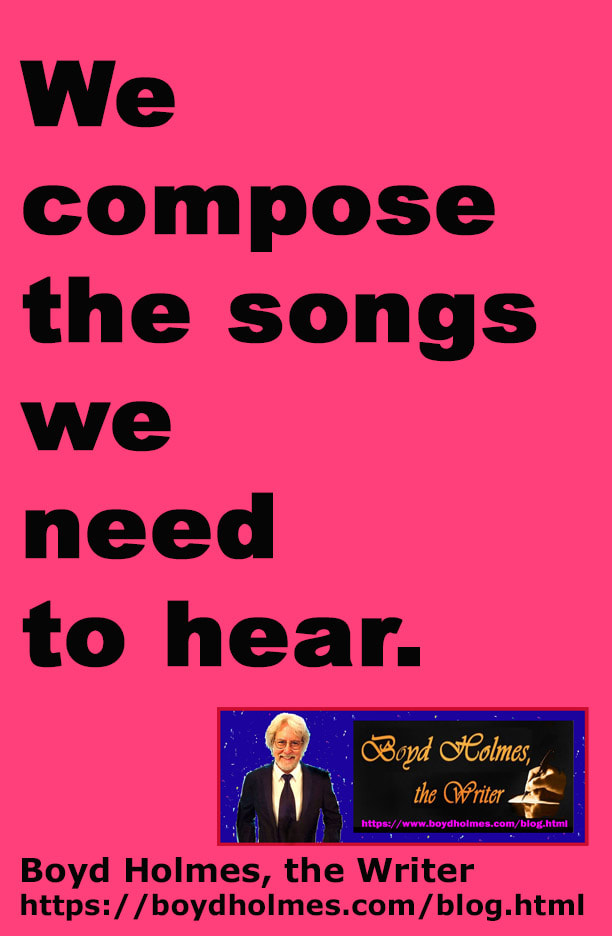
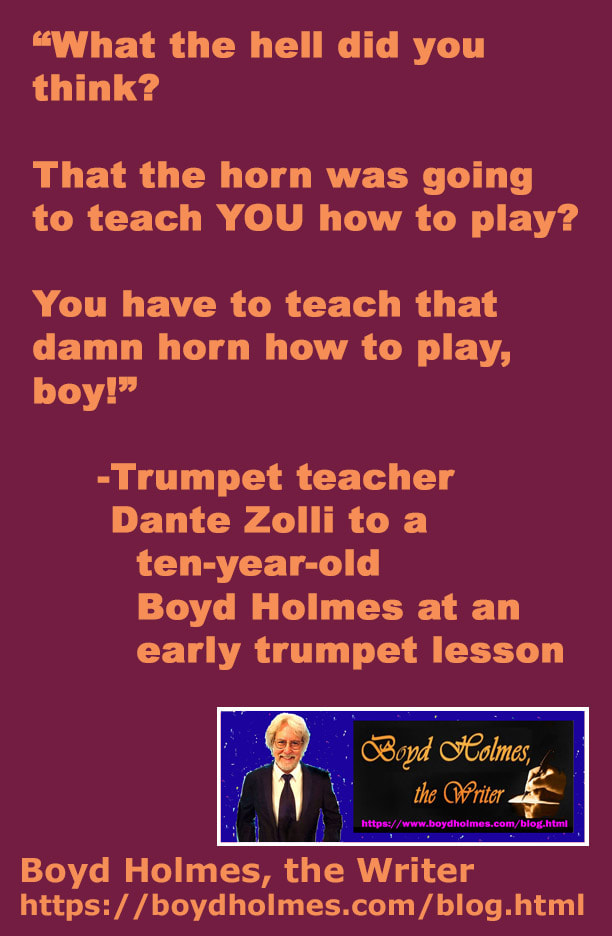
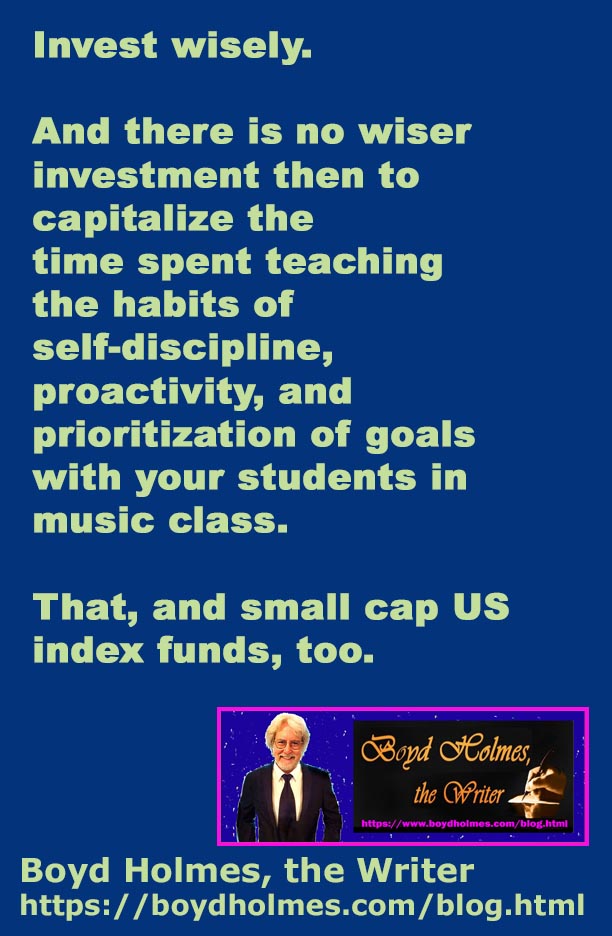



 RSS Feed
RSS Feed